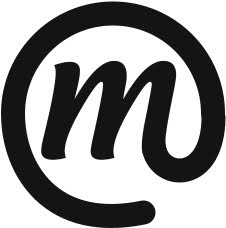
I have become aware that due to my recent and lingering bout of painful sciatica that I have been neglectful of my intentions to keep up to date with my reflections via this blog. So I need to address some of my more recent progress with work for the module.
My current progress with the "Moving Image, narrative" project has been slow: due to the sciatica and discomfort; but equally due to my lack of technical experience of Flash and my reticence to be involved with time based visual media. However, I am making progress. I have run some test tutorial pieces in Flash 8 to learn the basics and started building slides towards my narrative piece based on thoughts for my "Manifesto".

My focus for this work is on typographic approaches in print based design. My influences start from the work in the 1950's and early 60's of the work of Reid Miles who for a period of 15 years maintained the role of the main designer for Blue Note jazz record label. He maintained this role as well as designing for other agencies and running his own studio (s). Later in his career he started to focus more on the role of photographer. His work was ahead of its time. I feel that typographicaly he was the "Brody" of the 1950's. His methods of cut and paste type, visual alignments and juxtapositions with shapes and photo's are inspiring and take leads from early modernist typographers.
My aims for this time based piece take a starting point from the idea of drawn shapes with typography inspired by Reid Miles work and I hope to develop this though animation to show some other typograhic considerations linked to quotes to qualify this piece. Images above show initial starting points of drawn elements and composite Photoshop slide of elements starting to come together.
Feedback so far from Rob seem to suggest that each f these slides being built for the animation do link to the period discussed and that each could be seen as an individual "poster" and considered for some developmental print work, maybe later on scanning prints back in to develop further animation.






